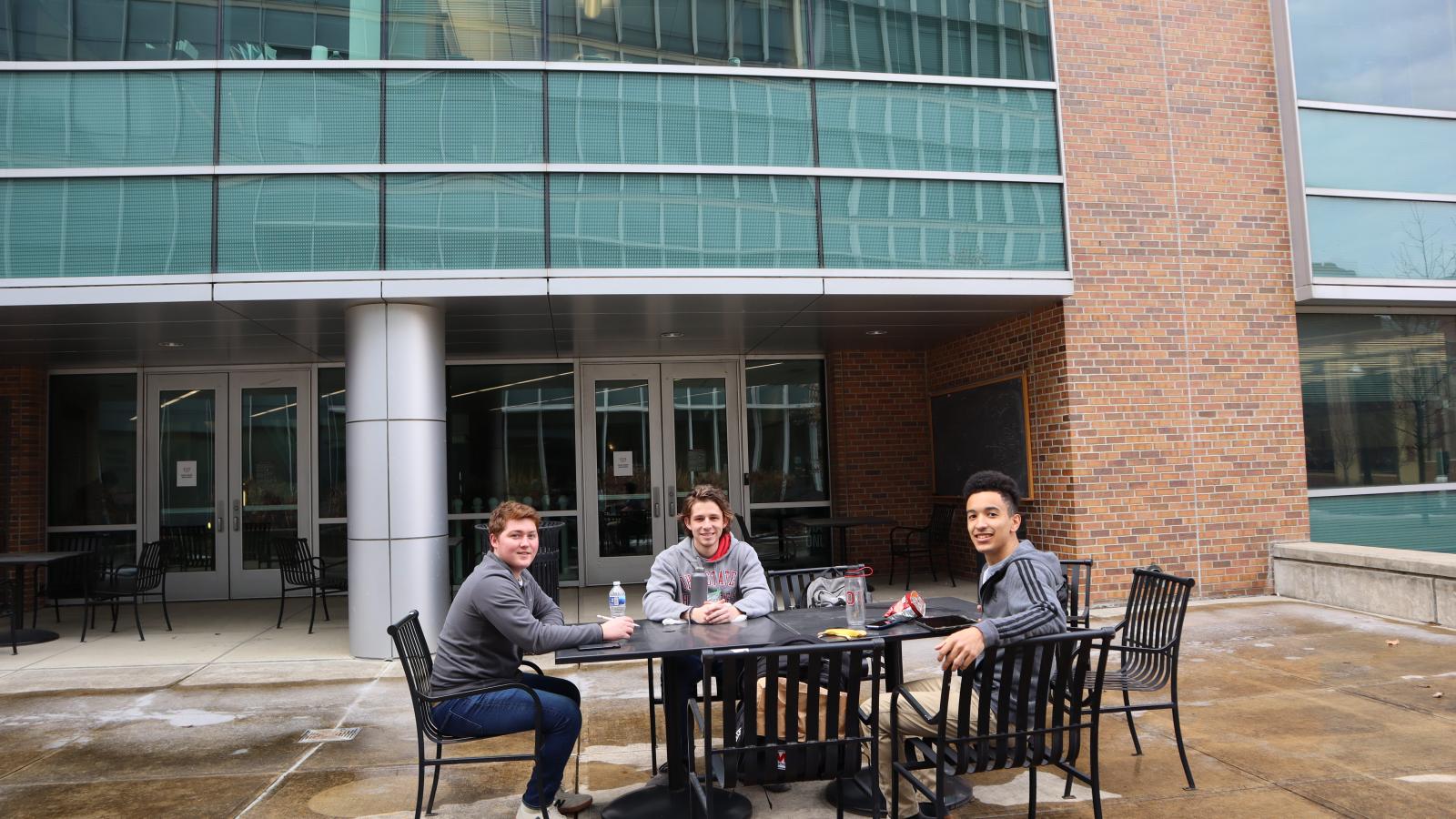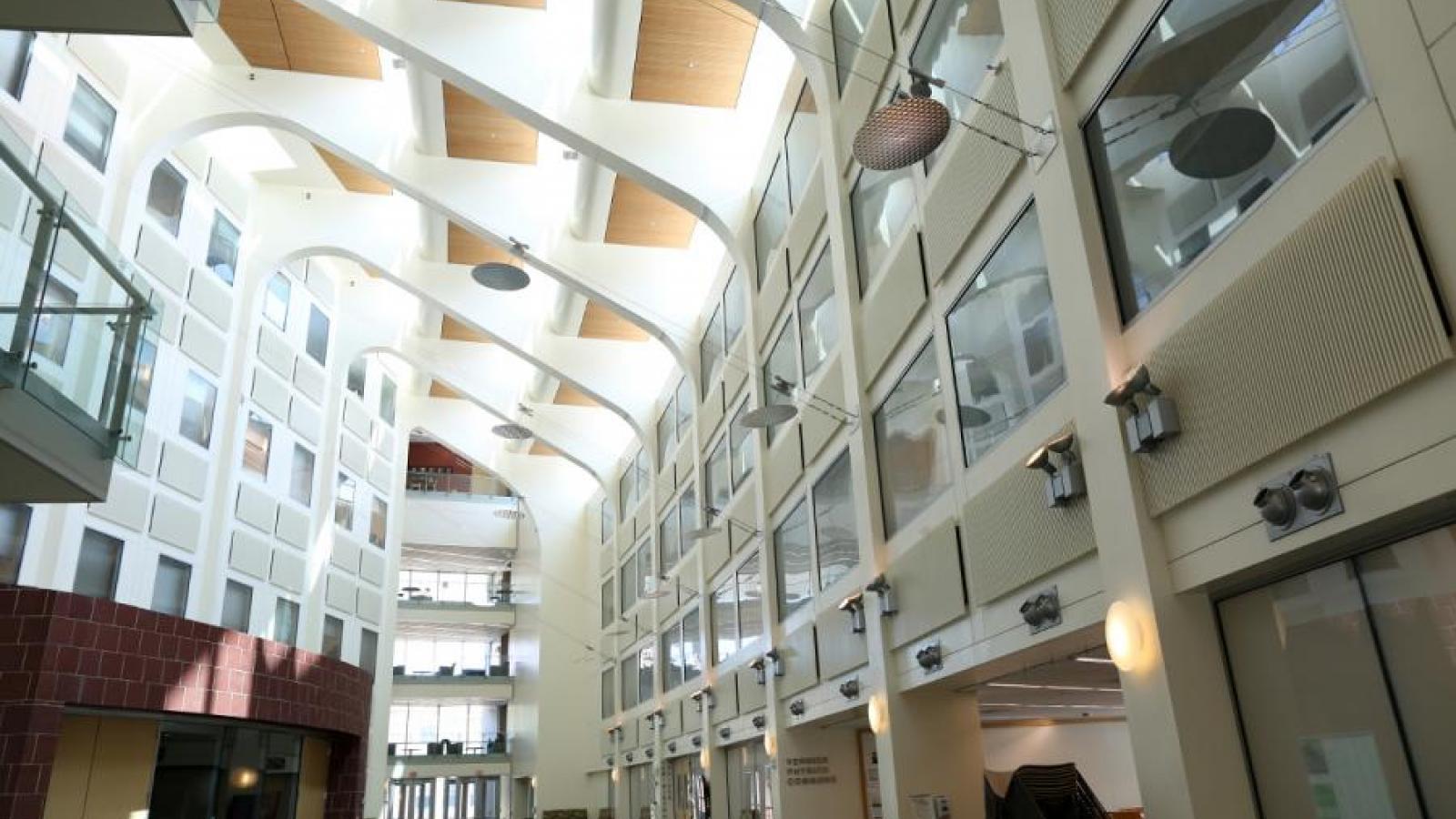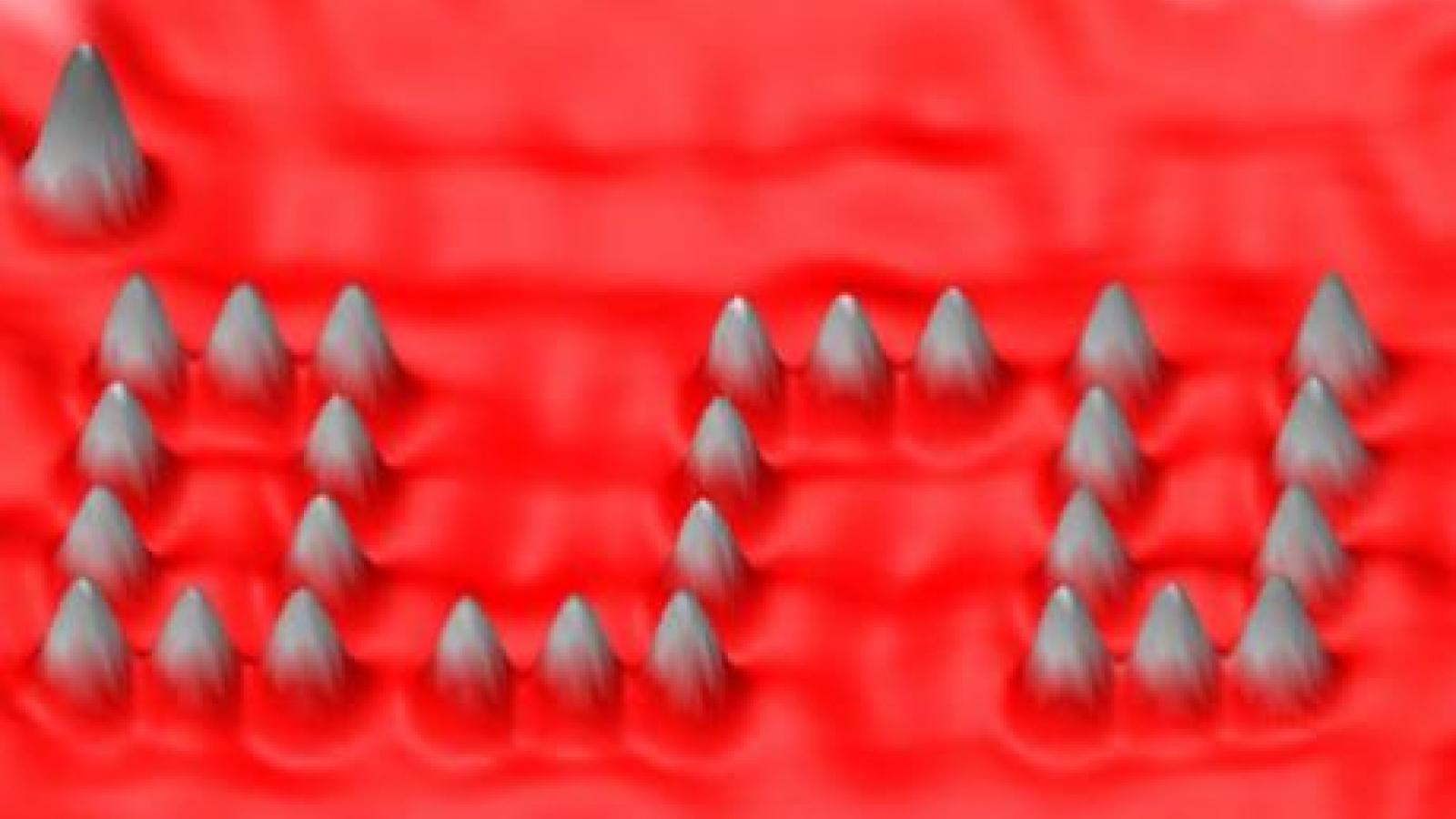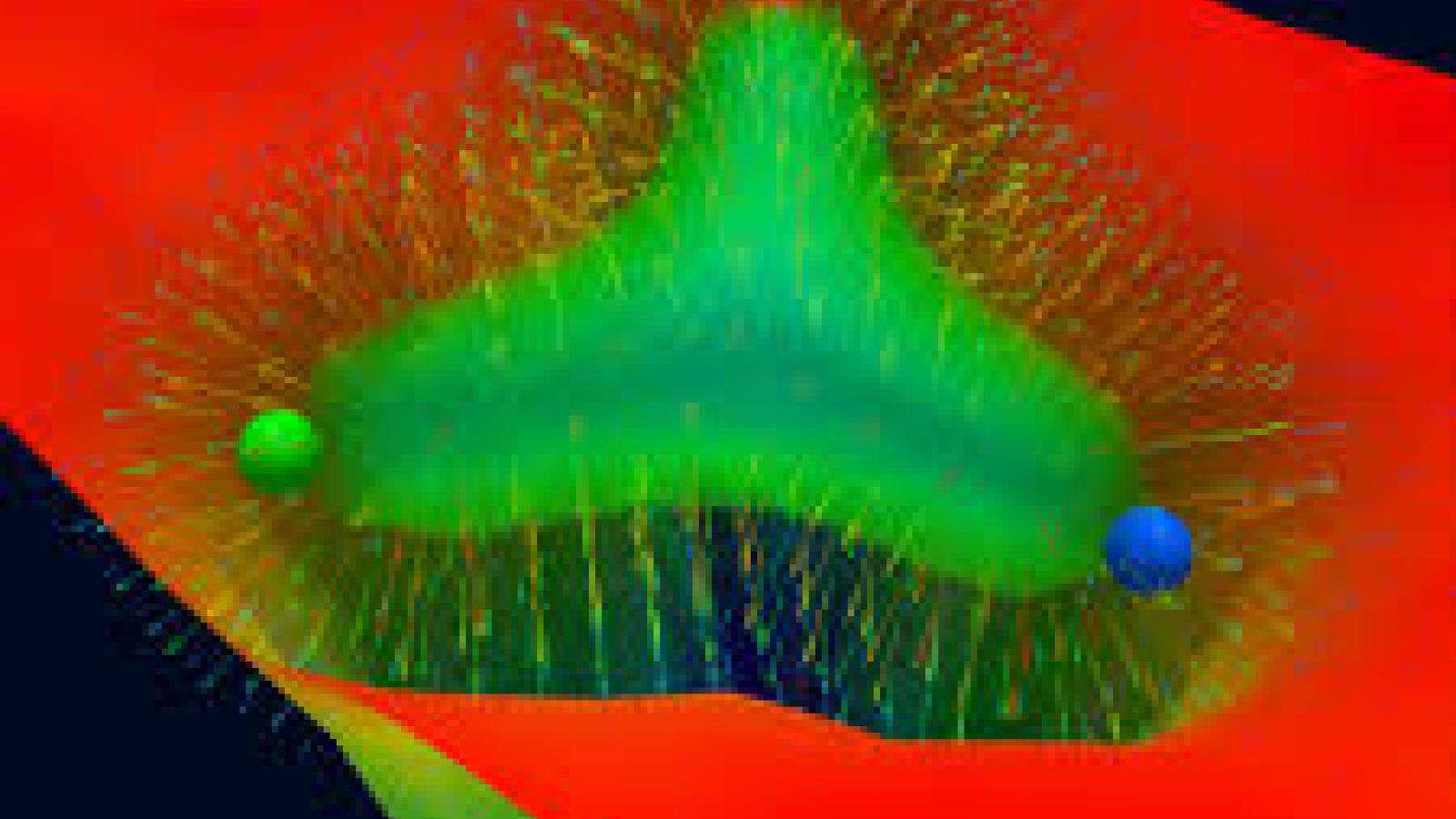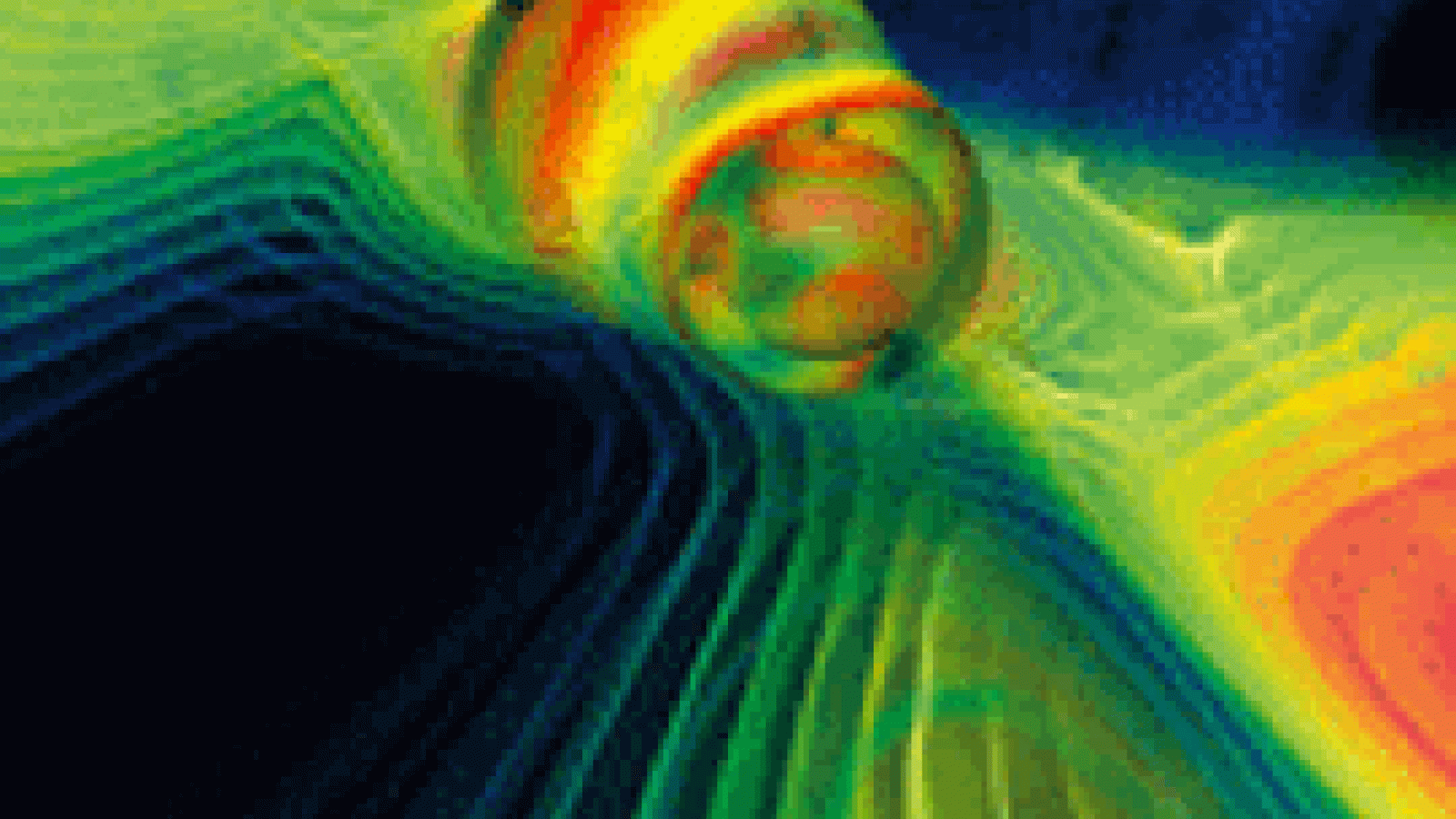The Vice Chair for Graduate studies will be hosting open office hours at the following times:
Tuesday 11/12 2-3pm EDT
Thursday 12/5 5-6pm EDT
You can sign into any of these meetings using the link here: Join the meeting now
We are a top-25 Physics Department with 60 faculty members and a history of research excellence. We have undergone an aggressive expansion over the past ten years (a new Physics Research Building, 17 new faculty members, and a 70% increase in research funding) focused on emerging areas of physics research.
You can learn more about our research programs.
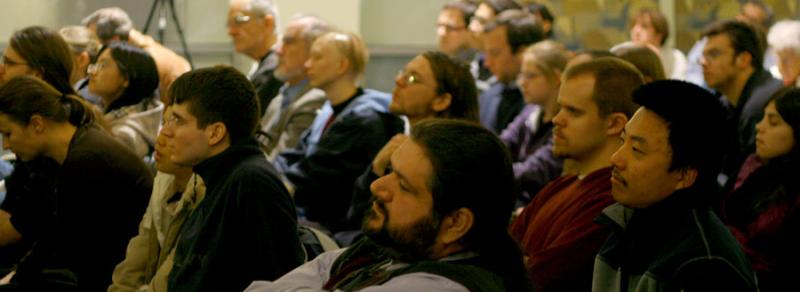
Our students and faculty also play central roles in three interdisciplinary research centers that are headquartered in the OSU Physics Research Building:
We have also recently developed a new MS to Ph.D. Bridge Program in Physics, which strives to enhance the diversity of qualified applicants to physics PhD programs. This program is directed toward students with a bachelor’s degree in Physics or closely related field who are motivated to pursue a PhD, but require additional course work, training, and research experience to excel in a PhD program.
Applying to OSU: Belong@OSU Series
Hosted by The Graduate School and our campus partners, this 8-week series of virtual information sessions are designed to guide prospective students through the graduate school application process. Webinars are on youtube.
- Crafting a Competitive Application
- Paying for Graduate School Without Loans
- How to Write a Stand Out Personal Statement
- Successful Strategies for Acquiring Strong Recommendation Letters
Visiting the Department
Students that receive an offer of admission will have an opportunity to visit our department during our Open House in the spring (generally in March).
Prior to applying to our graduate program, we encourage visits to our department but respectfully request that you make an appointment first to ensure our availability. We would prefer to avoid visits in December and January. These months are among the busiest for the Graduate Studies Office and many of our faculty and students, as well as staff, schedule time away for the holidays. Please contact us directly about scheduling a self guided visit by emailing gradstudies@physics.osu.edu. We will do our best to accommodate all requests.
Cal-Bridge Partnership
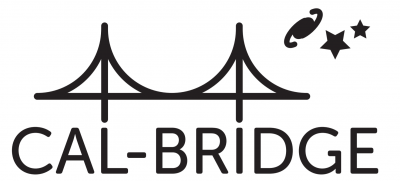
OSU has a partnership with the Cal-Bridge program. There is a fee waiver available for any Cal-Bridge student who applies to our PhD program. If you'd like more information on the fee waiver please contact Crystal Moloney at moloney.38@osu.edu.
Online application: Physics PhD Application
We have designed the graduate program in physics to give you a solid background in the fundamentals, an understanding of the major fields of current research and an opportunity for in-depth investigations. Working with your faculty advisor, you can tailor your program to meet your own needs and interests, taking into account your particular goals and undergraduate preparation.
In the PhD program, you will devote most of your first year and some of your second year to course work. These courses are designed to strengthen and extend your knowledge of the theoretical foundations of physics and to introduce you to areas of current interest in the field. During the summer following your first year, you will be encouraged to join one of the ongoing research programs in the department. As mentioned earlier, teaching associates with satisfactory records are offered special summer-term appointments, free of teaching duties, to enable them to take advantage of this opportunity to explore a research area early in their graduate careers.
From your third year on, you will concentrate on carrying out your PhD thesis research with your faculty research advisor. This work culminates in your PhD thesis defense by about the fifth or sixth year.
The resources of the university and of the physics department are available to assist you with job placement after graduation. Recent graduates now have successful careers at colleges, universities, national research laboratories and in industry.
Qualifying and becoming a PhD candidate
The first step in becoming a PhD candidate is to qualify via the “core-course requirement.” This is accomplished by taking the six semesters of core courses shown earlier in the course sequence box and achieving at least a B+ average in these courses. Students coming into our program with previous graduate-level course experience may petition to waive some or all of these courses.
After satisfying the core-course requirement, research becomes the center of your PhD program. After working for one or two semesters with your advisor, you will prepare for the candidacy examination. This exam is set by your advisor and advisory committee. It consists of a short paper on a topic related to your research project. Admission to PhD candidacy follows the satisfactory performance on the candidacy examination.
The PhD program concludes with a written dissertation, based upon the scientific advances you made through independent research, and an oral defense of your thesis. The average time for completion of the PhD program is about six years.
Becoming a Better Physicist
An important aspect of physics is interaction with other physicists. The Department of Physics at Ohio State encourages advanced students to attend national conferences. It is common for students to present three to four papers at conferences before completing their PhD. The annual Smith Lecture brings internationally recognized physicists—typically Nobel Prize winners—to the department every spring. The weekly colloquia feature easily accessible insight into cutting-edge research in all fields of physics. In addition, each research group also invites collaborators and recognized researchers to present findings in their fields.
Our students publish an average of five papers by the time they graduate, a testimonial to the quality and depth of training they receive. When they graduate, our students are highly competitive in the job market and find employment in many careers, including academics, national research laboratories, teaching, scientific policies and procedure and in industry.
You may contact members of the faculty individually and arrange to meet them if you come to the department for a visit. We appreciate the important role graduate students play in research and are always happy to discuss your needs and concerns.
Research Opportunities and Affiliated Faculty
Diversity of active research areas is one of the great strengths of the Department of Physics at Ohio State. Research spans the entire spectrum of matter, including high energy physics, nuclear physics, atomic and molecular physics, condensed matter physics, biophysics and astrophysics. Research in physics education is another strong, vibrant field at Ohio State. With recent hires and new center funding, we are especially strong in condensed matter physics, high energy physics, nuclear physics, biophysics, astrophysics, AMO, cold atom theory and physics education research. You will find details of the different research groups on the "Research in the Department" page
Because we select only the highest caliber students for our graduate programs, all regular incoming students are offered financial support. Once accepted into a graduate program in physics at OSU, you will be awarded one of three types of graduate appointments: a teaching associate (TA) position, research associate (RA) position, or fellowship. With any of these appointments, you will receive a monthly stipend plus a full waiver of tuition and general fees.
Teaching Associates: Many of our first-year graduate students are supported through their appointment as teaching associates. These appointments ordinarily are made for the academic year (two semesters). Teaching assignments involve a maximum of eight contact hours of combined laboratory/recitation instruction per week. In this appointment, your responsibilities include teaching, grading and giving individual assistance to students. You also will receive training for this position through the department.
After your first academic year, you will be awarded a special research appointment for the summer term if you have a satisfactory record of academic work and teaching performance for your first two semesters. Your regular stipend is continued during this summer term, but you will have no teaching duties. This appointment allows you to begin research work early in your graduate program. The stipend for teaching associates is very competitive and is re-assessed regularly. The value of the present stipend will be provided with your offer of admission. Excellence in graduate teaching is recognized annually with the presentation of the Hazel Brown Teaching Awards, which include a monetary award as well as a certificate of recognition.
Research Associates: Graduate research associate positions are available to nearly all advanced graduate students. The stipend is equal to that of a teaching associate. This support is obtained from research grants that have been awarded to individual faculty members from either industrial or governmental sources. As a research associate, you will devote essentially all of your time to dissertation research.
Fellowships: A number of prestigious fellowships, including fellowships from The Ohio State University Graduate School and the departmentally funded Fowler Fellowships, are awarded annually to top students. Since these awards require no teaching duties for the first year, fellows take more classes each semester and move more quickly into research. Fellowships are available to students beginning with their first year in the physics graduate program. All qualified applicants, who apply by December 15 with all supplementary materials, including letters of recommendation, received by January 1, will be considered for fellowship nomination.

